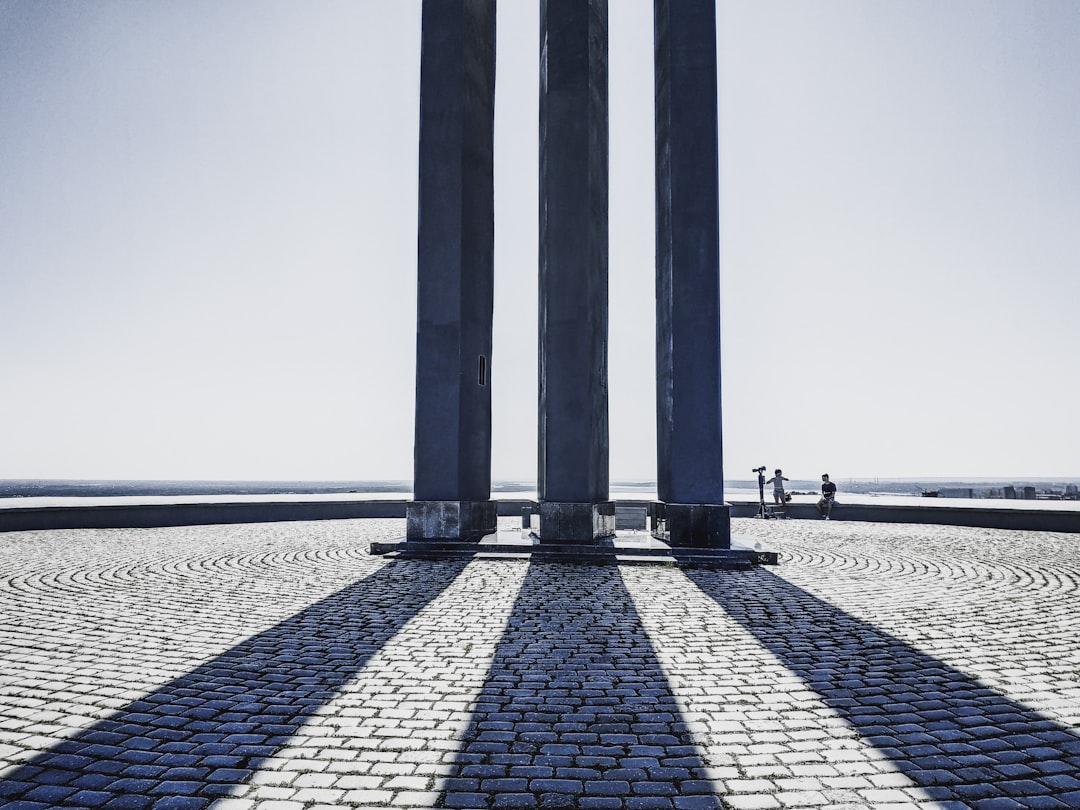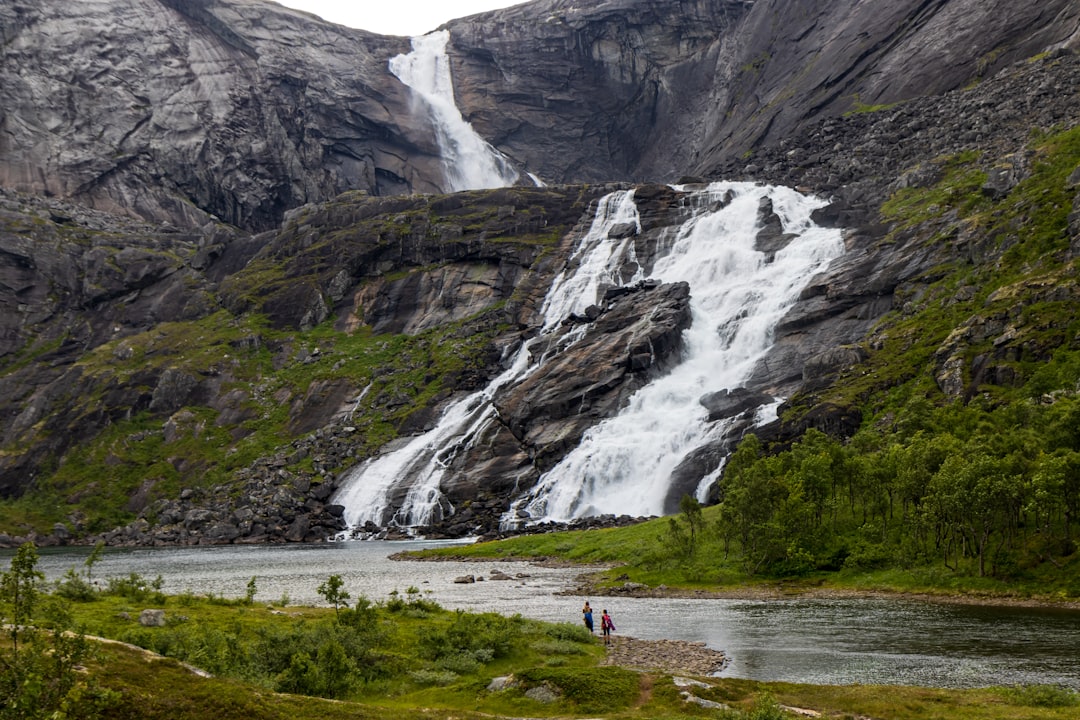
Exploring the Best Monuments: A Journey Through History
# Introduction. Monuments are not just structures; they are symbols of the history and culture of a place, a testament to the ingenuity of the human spirit. For travelers, exploring monuments can be one of the most enriching experiences, providing a tangible connection to the past while illuminating the present. In this blog post, we will delve into some of the best monuments from around the globe, showcasing their historical significance, architectural beauty, and the experiences that come with visiting them. # The Great Wall of China: A Marvel of Engineering. The Great Wall of China stretches over 13,000 miles and winds through some of the most dramatic landscapes the country has to offer. Initially built to protect Chinese states from invasions, this UNESCO World Heritage site is a stunning embodiment of the labor and spirit of ancient Chinese civilization. Hikers can traverse various sections of the wall, each offering unique views and insights. From the popular Badaling section to the more rugged Jiankou, the Great Wall provides a plethora of experiences for both the casual visitor and the seasoned adventurer. Visitors often recommend starting at sunrise, when the soft morning light illuminates the wall against the backdrop of the surrounding mountains, creating an unforgettable scene. Local guides offer fascinating narratives about the wall’s history, legends, and the people who built it. Whether you're walking, biking, or simply absorbing the views, the Great Wall invokes a sense of awe and connection to history unlike any other monument. # The Colosseum: Rome’s Majestic Arena. Transport yourself back to Ancient Rome with a visit to the Colosseum, an iconic symbol of imperial power and entertainment. The amphitheater, which once seated tens of thousands of spectators, hosted gladiatorial contests, public spectacles, and even naval battles. Today, its imposing structure stands as a testimony to Roman engineering prowess and architectural beauty. Inside, visitors can explore various tiers and passages, while audio guides narrate tales of the gladiators who fought and the audiences who cheered. It’s a remarkable experience to walk through the same corridors as the ancient Romans, envisioning the roars of the crowd and the clash of swords. Nearby, the Roman Forum offers additional layers of history, allowing travelers to immerse themselves in the heart of Ancient Rome. # The Taj Mahal: A Testament to Love. No list of monumental destinations would be complete without mentioning the Taj Mahal, India’s crown jewel. Built by Mughal Emperor Shah Jahan in memory of his beloved wife Mumtaz Mahal, this stunning mausoleum is a masterpiece of architectural harmony, symmetry, and beauty. The translucent white marble and intricate inlay work reflect the enduring love story wrapped in the monument's essence. Visitors are captivated by the Taj Mahal's serene gardens, reflecting pools, and stunning minarets that frame it perfectly. As the sun rises and sets, the changing hues of the marble create a breathtaking kaleidoscope, a sight not to be missed. Early morning visits allow for quieter moments of reflection, while guided tours provide fascinating insights into its history, architecture, and the enduring legacy of love that it represents. # Chichen Itza: A Window into Maya Civilization. Deep in the jungles of Mexico lies Chichen Itza, an archaeological wonder and testament to the ingenuity of the Maya civilization. Famous for its pyramid, El Castillo, which perfectly aligns with astronomical events, this UNESCO World Heritage site draws thousands of visitors annually. History buffs are captivated by the multiple structures on-site, each telling stories of Mayan culture, religion, and society. Exploring Chichen Itza, visitor experiences can range from climbing the pyramid for panoramic views to participating in traditional Mayan ceremonies led by local shamans. The site also features various cenotes—natural sinkholes that were historically significant for the Mayans for both water supply and ceremonial purposes. Engaging local guides can enrich the experience, providing context to the ancient rituals and promoting respect for the culture that built such a magnificent site. # The Pyramids of Giza: The Last of the Seven Wonders. Completing our exploration of monumental sites are the Pyramids of Giza, standing majestically on the outskirts of Cairo. These monumental structures are the only remaining of the original Seven Wonders of the Ancient World. Composed of limestone and granite, the great pyramids were built as tombs for Pharaohs, a remarkable feat of engineering that has puzzled historians for centuries. Visitors to Giza can take guided tours around the site, explore the Great Sphinx, and marvel at the scale and precision of the pyramids. Camel rides and quad biking tours are popular experiences for those looking to add a bit of adventure. The sound and light show at night, illuminating the pyramids with storytelling, offers an enchanting perspective. Engaging with local guides can also enhance the visit, providing educated insights into the myths and mysteries that surround these ancient wonders. # Conclusion. Exploring the world’s best monuments is more than just sightseeing; it's a journey through time, culture, and human achievement. Each monument has its own story, offering a unique window into the past while inviting travelers to ponder their significance in today’s world. From the Great Wall of China to the Pyramids of Giza, these monuments beckon to be explored, appreciated, and remembered. Whether you’re a history buff or simply in search of stunning landscapes and rich narratives, visiting these monuments will undoubtedly enrich your travel experiences. .









